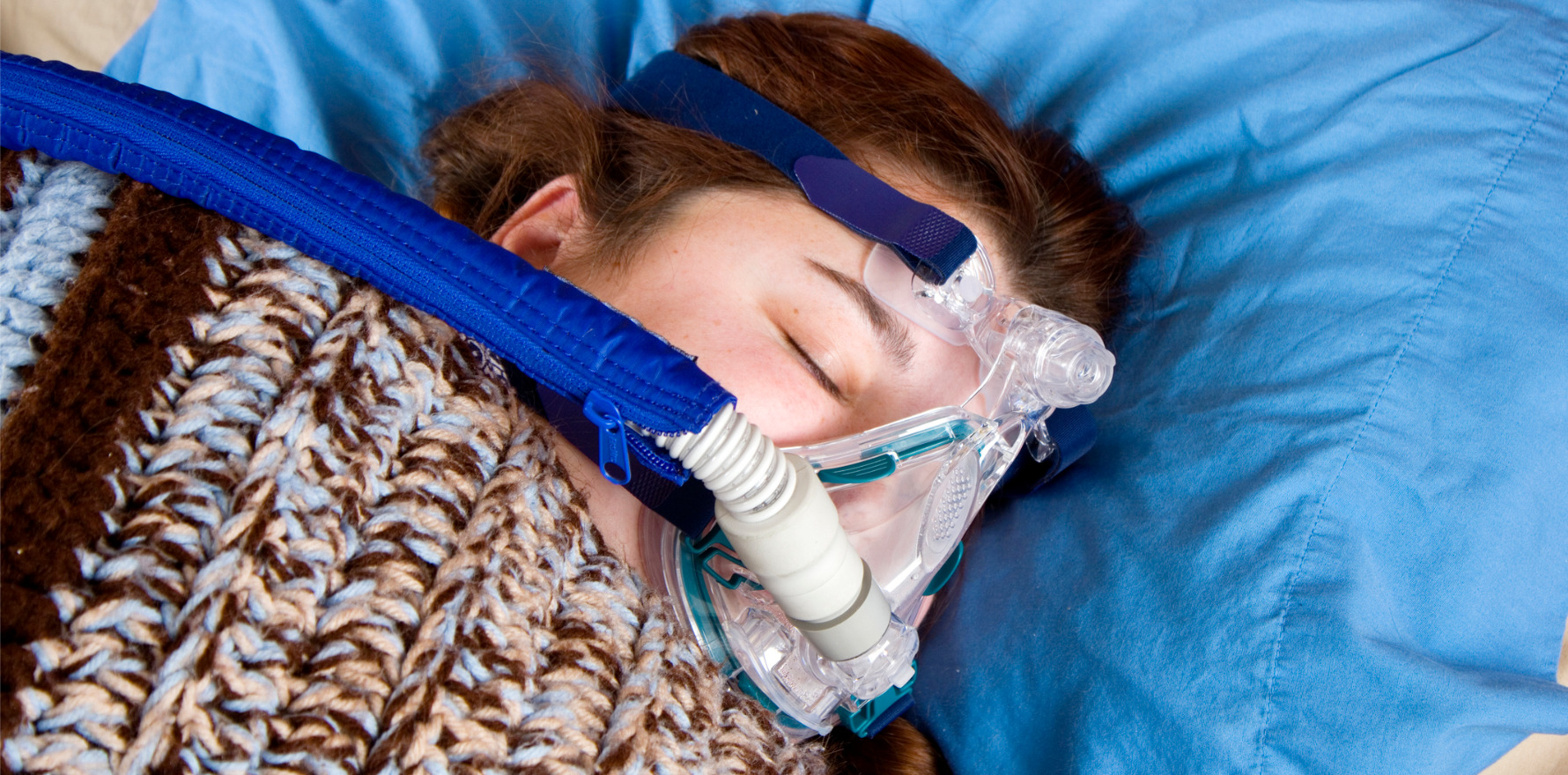Be careful, the sleep apnoea treatment can actually reduce CVD health for some, new research suggests.
While CPAPs are widely recommended to improve cardiovascular health for sleep apnoea patients, there is one group where that may backfire, new research suggests.
The paper, published in the European Heart Journal, analysed three studies of CPAPs in 3500 patients with sleep apnoea and cardiovascular disease.
“We know that OSA is linked to cardiovascular disease but clinical studies of treating OSA with CPAP have not shown a long-term cardiovascular benefit. This creates uncertainty about whether all people with OSA should be treated,” lead author Dr Ali Azarbarzin, from Brigham and Women’s Hospital and Harvard Medical School, Boston, USA, told media.
Dr Azarbarzin and colleagues found that CPAPs reduced the risk of heart attack, stroke and death from CVD around 16% in high-risk OSA patients, but without high-risk OSA may face a 22% increased risk of those CVD events.
“Our findings suggest that CPAP may offer long-term cardiovascular benefit in people with high-risk OSA but may have unintended harmful effects in those without high-risk OSA,” Dr Azarbarzin said.
“For people with high-risk OSA, CPAP likely helps by preventing low oxygen levels and calming the overactive sympathetic nervous system during sleep. Both of these are linked to cardiovascular disease.
“But in people without these high-risk markers, who are already at very low cardiovascular risk, CPAP seems to have downsides.
“While we don’t really know why, one possibility is that the pressure used in CPAP may stretch the lungs in a way that puts stress on the cardiovascular system. Another is that CPAP could disturb sleep for some people, and sleep disruption itself is a risk factor for cardiovascular problems. More research is needed to understand these mechanisms.”
Dr Azarbarzin said the findings suggested a more personalised approach to treating OSA.
“Instead of treating everyone the same, we should consider whether someone has high-risk features,” he said.
“These are the people who seem most likely to benefit from CPAP. For clinicians and policy makers, this means we may need to rethink current guidelines for treating non-sleepy patients and consider focussing treatment for cardiovascular risk reduction on those who stand to gain the most. We also need to be cautious about using CPAP in people who don’t have high-risk markers, as they may not benefit and could even be harmed.”
The researchers noted that CPAP-related harm was seen only in non-sleepy patients with existing heart disease.
“Whether this applies to other patients remains unknown and needs further research,” said Dr Azarbarzin.
Related
To confirm their findings, Dr Azarbarzin and his colleagues are planning a new clinical trial focused on people with high-risk OSA.
They are also investigating how and why CPAP could cause harm in people who do not have high-risk OSA, and they are exploring alternatives to CPAP for treating OSA and lowering cardiovascular risks.
In an accompanying editorial Dr Andrea Natale from Texas Cardiac Arrhythmia Institute, Austin, USA and colleagues said OSA has been reported to increase the risk of heart failure by 140%, the risk of stroke by 60%, and the risk of coronary heart disease by 30%.
“Three major randomised trials (RCTs), ISAACC, RICCADSA, and SAVE, between 2016 and 2020, published their assessment on the effects of CPAP on the long-term adverse cardiovascular outcome risk in OSA patients with pre-existing cardiovascular comorbidities. […] each of these three RCTs demonstrated the failure of CPAP therapy in reducing the cardiovascular risk in minimally sleepy or non-sleepy patients with moderate to severe OSA,” they wrote.
“The current meta-analysis by Azarbarzin et al., published in this issue of the European Heart Journal, examined the role of CPAP in reducing CV risk in patients with vs. without high-risk OSA, defined as the presence of either a high pulse rate response or a high hypoxic burden, by pooling individual patient data from the three RCTs mentioned above.
“The current study reported two novel findings that are worth mentioning. First, the authors demonstrated a harmful impact of CPAP in ‘low-risk OSA’ patients that included all except those with a heart rate response >9.4 bpm or a hypoxic burden >87.1%.
“The possible underlying mechanism for this observation is, however, unclear. Second, they documented CPAP benefits only in high-risk individuals, especially those without excessive sleepiness and/or hypertension.”





